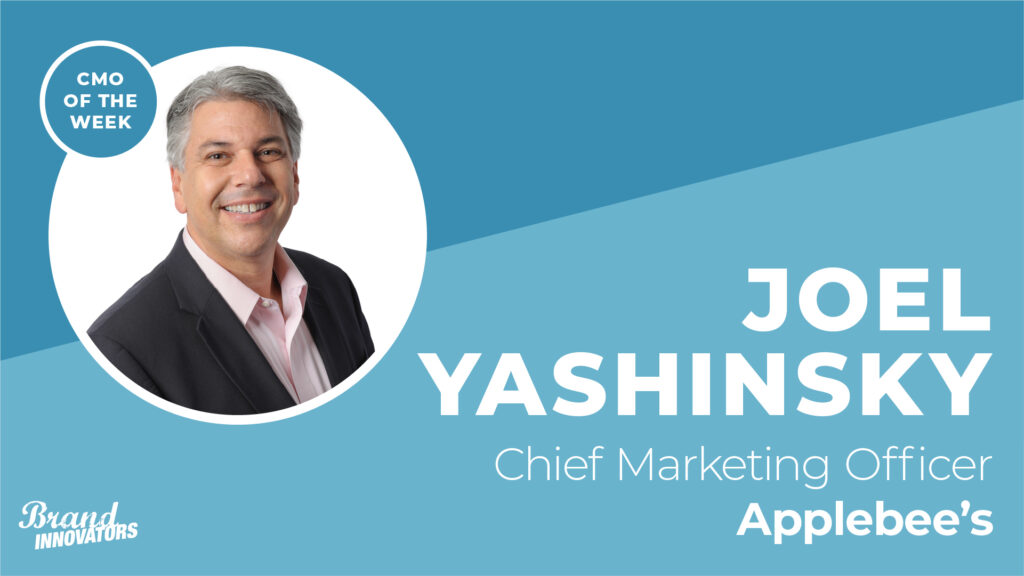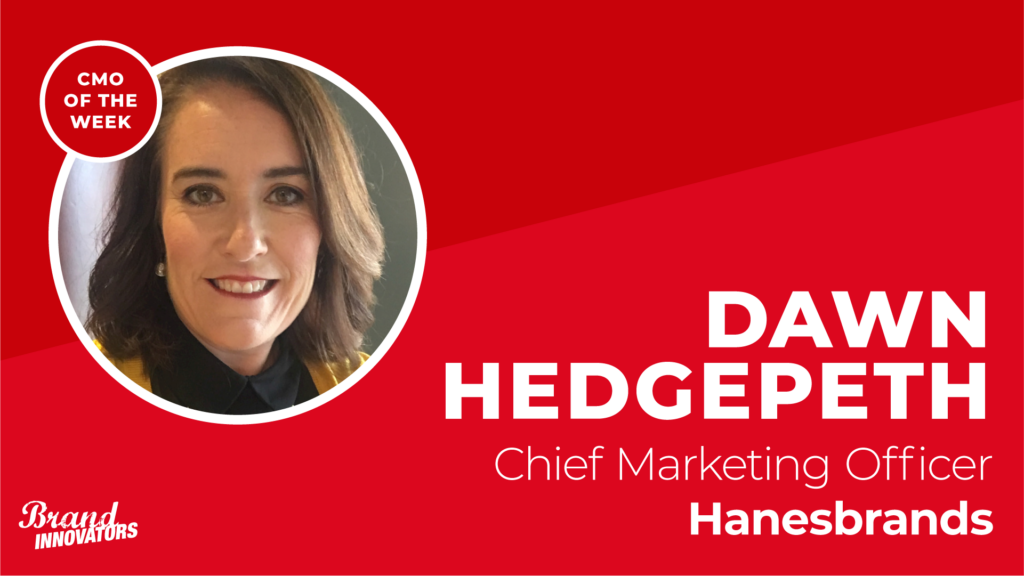The restaurant industry has rebounded faster than many of the categories hardest-hit by the pandemic, as many have been able to accelerate pivots to pick-up, delivery and reduced dining room capacities to accommodate ever-changing safety standards. The latest monthly report from the National Restaurant Association found that September restaurant sales were up 2.1% month-over-month compared to August (to $54.5 billion), and only 15% below pre-lockdown sales for January and February 2020.
Four of the marketing chiefs behind the chains innovating that growth recently shared their insights as part of Brand Innovators’ Livecast series in October. Read on four of the biggest takeaways on how they each transformed their businesses to serve the new dining demands.
New delivery methods means accelerating new daypart experiments for many legacy restaurant brands. IHOP first made waves with non-pancake menu items when it briefly changed its name to IHOP in 2018 to welcome the addition of burgers. That’s why IHOP’s CMO Brad Haley was prepared to speed up other non-breakfast experiments during the pandemic to help broaden the restaurant chain’s customer base. “It’s not a big surprise that when people are stressed they want something comforting,” Haley said at Brand Innovators’ Brand Love: Future of Food & Beverage Livecast on October 23. “This year we developed an all-natural buttermilk crispy chicken, and we also rolled out our iHoppy Hour featuring some of our most popular items for $5 or $6 in some areas. That’s designed to reduce the barriers for people to make that last step into thinking, ‘Maybe I’ll give IHOP a try this afternoon or this evening instead of just for breakfast.’ People are ready for more innovation now.”
Use this meaningful time to double down on your brand’s purpose. Taco John’s, a regional Mexican QSR chain with locations in eight Midwest and Mountain states, sits in an interesting position on the fast-food vortex. Three quarters of its stores are within three miles of a McDonald’s, 25% are within a mile of a Taco Bell, and the continued rise of fast-casual competitors like Chiptole and Moe’s are providing other alternatives. Barry Westrum, Taco John’s CMO, turned those market conditions into a research study on its target consumer base to understand the psychographic impact of its competitive set. “With the consumers who ate burgers and fries, we asked them to map out how that makes them feel,” Westrum said at Brand Innovators’ Brand Love: Future of Food & Beverage Livecast on October 23. ”The most common response was, ‘I want to go take a nap.’ But what people told us after eating Taco John’s food was that there’s an excitement, an energy of being refueled to tackle the rest of the day. So that’s our brand purpose, to fuel excitement for any day or occasion.”
Don’t be afraid to scrap plans. If the pandemic shows marketers anything, it’s that sometimes they will have to scrap their plans and go back to square one. Fernando Machado, global CMO of Restaurant Brands International, perhaps had an easier time scrapping plans and pivoting because he’s long been known for being unafraid to try new things and move quickly.
“Forget our plans. Let’s go back to the drawing board,” he said at Brand Innovators’ State of the Industry Livecast on Oct. 16. Restaurant brands had to be very explicit in their operations as many of them had to shut down indoor dining. “Let’s help people understand the procedures we have in the restaurant, communicate delivery, drive-thru, mobile payments, etc. Over time, we started to slowly reintroduce the personality of the brands.”
And while marketers for the foreseeable future will have to be nimble, Machado said it’s also critical to anticipate what the future holds. “I’m a firm believer that the future is already here. You need to look at what’s happening on the edges and try and learn. You’re going to lose if you just lean back and wait to see what’s going to happen. We need to write the future, and that requires some experimentation. Will we get everything right? Probably not, but we will get it right after we experiment.”
Brands don’t need to hop on every fad. One trend in the food industry that’s accelerated during the pandemic is the ghost kitchen, which are operations that make delivery-only meals. Their popularity rose as food-delivery apps like Uber Eats, GrubHub and DoorDash rose in popularity, but they’ve taken on a whole new meaning as the pandemic forced the shutdown of indoor dining and prompted many brands to get into the delivery game. Brinker International, for example, in June launched It’s Just Wings, an operation that runs out of Chili’s kitchens and delivers chicken wings.
But not every restaurant can or should have a ghost kitchen operation. Cheesecake Factory is one such brand, given its enormous menu. “Ghost kitchens don’t make sense for our brand,” said Donald Evans, CMO of Cheesecake Factory at Brand Innovators’ Influencer Marketing Livecast on Oct. 22. “Our competitive advantage is the size of our menu, our portion sizes and our selection, so we hesitate about what that would be in a smaller format, whether that’s smaller portions or smaller menu or dessert only.”




